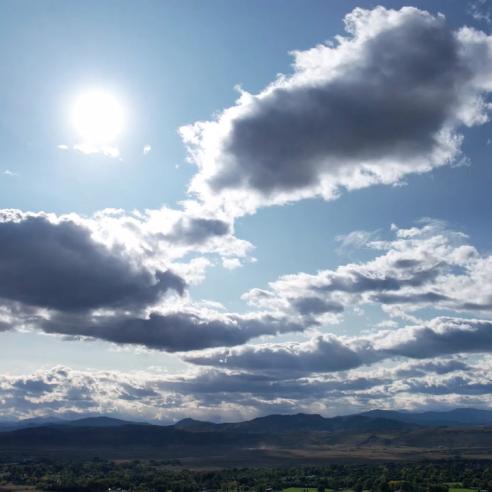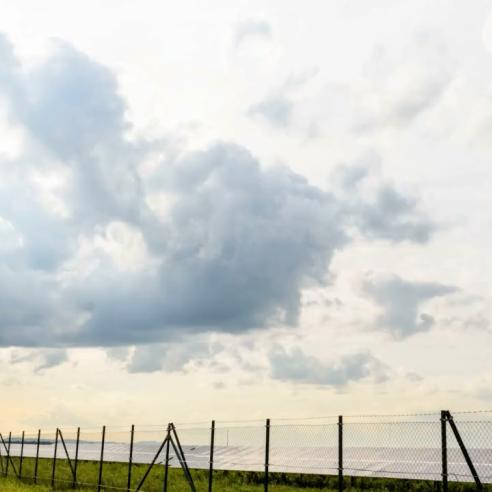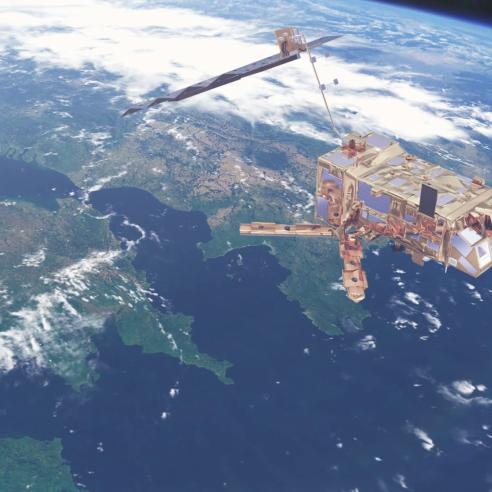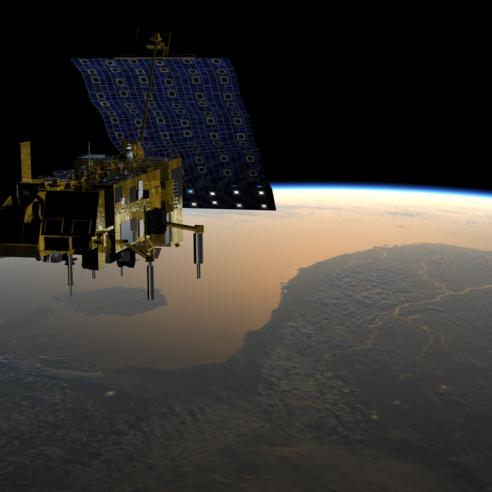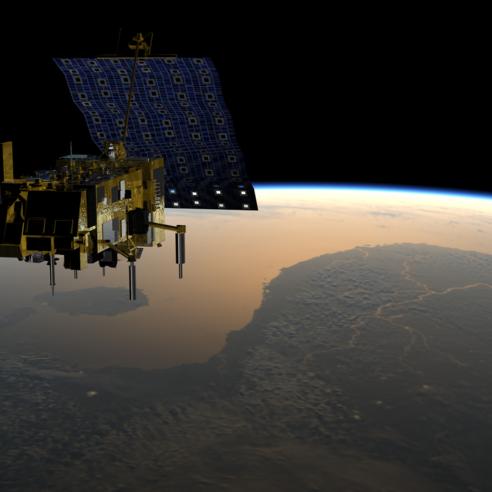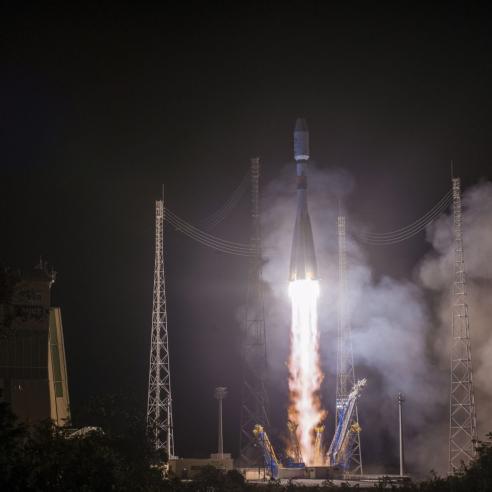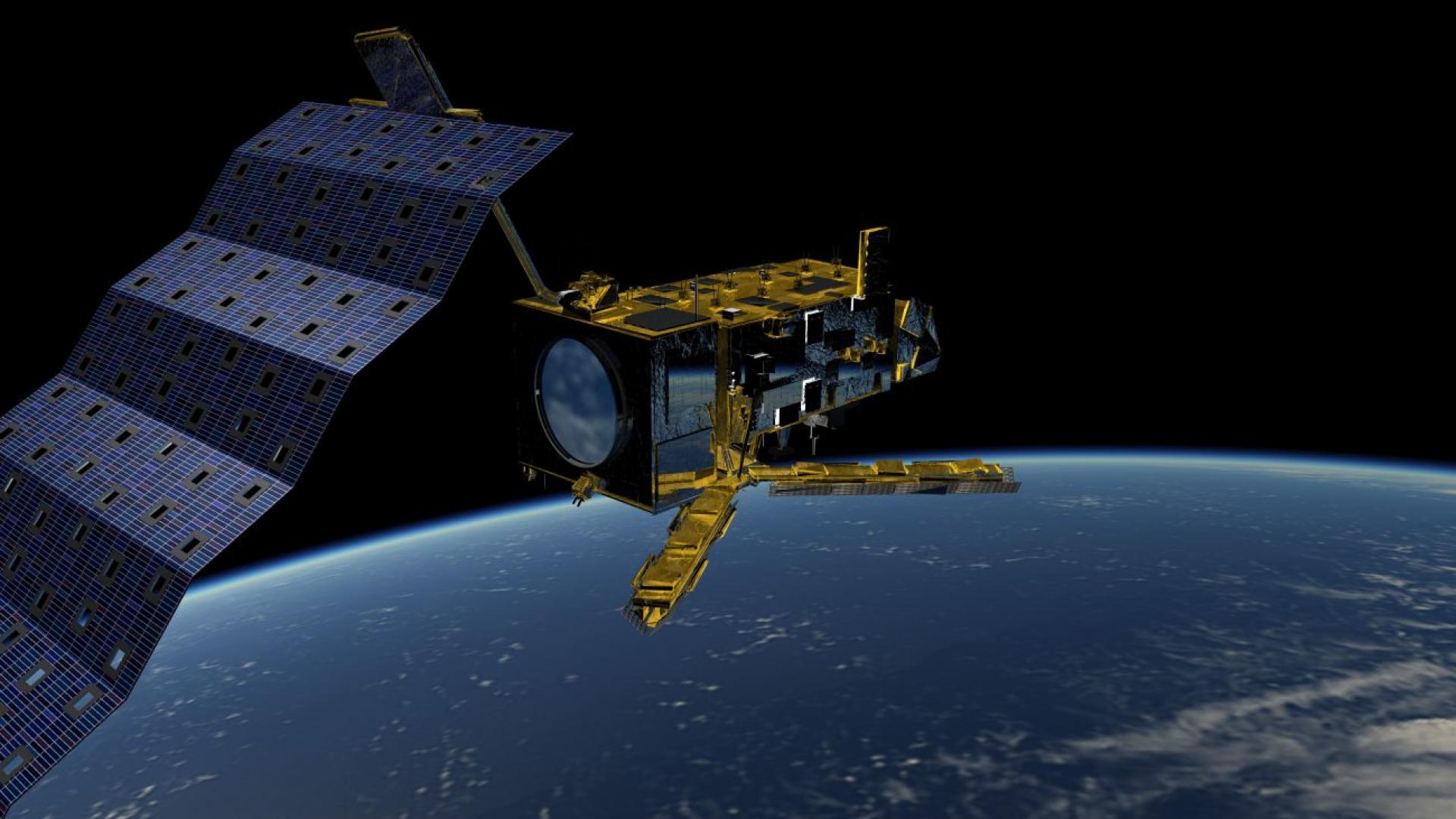
Why we need Metop-C
Observations from polar orbit benefit weather forecasting and climate monitoring on Earth.

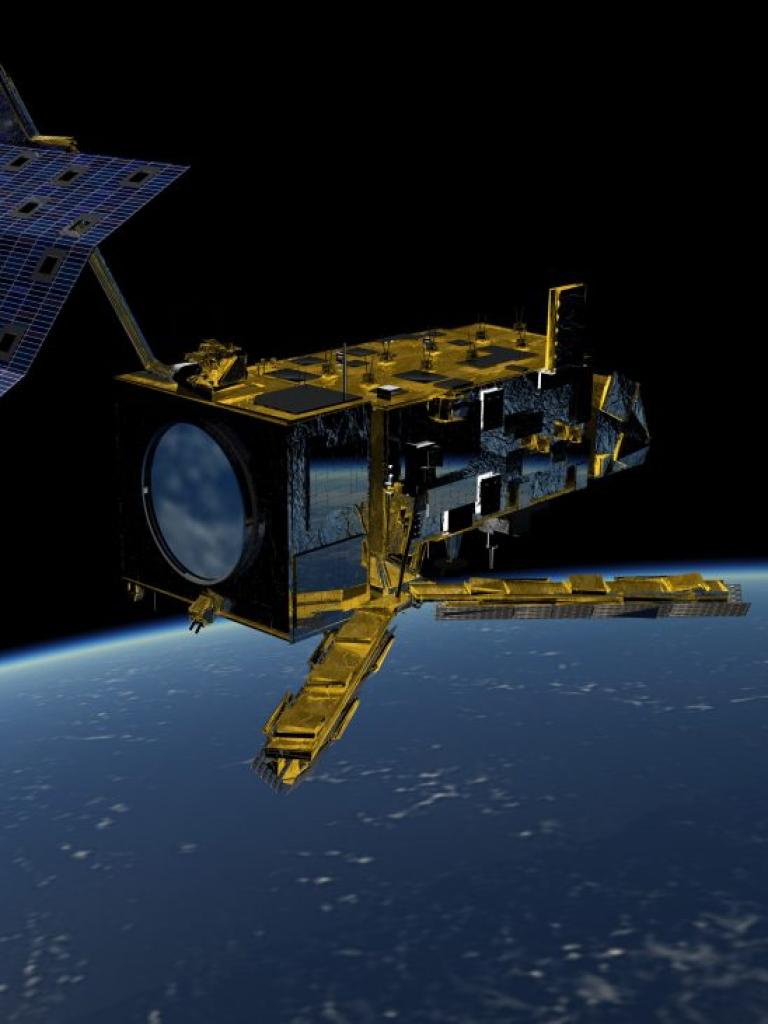
While Metop-C gets prepared for lift-off on the morning of 7 November, let’s take the time to look at the reasons for launching and operating such a complex system. What are the benefits for weather forecasting and climate monitoring? Why do we need another Metop satellite when two are flying already?
01 November 2023
21 September 2018
Well, the answer to the last question is easy: the other two Metop satellites, Metop-A (launched on 19 October 2006) and Metop-B (launched on 17 September 2012) have exceeded their design lifetime of five years, in the case of Metop-A, significantly so.
They are only flying still because of EUMETSAT’s prudent operations, based upon the organisation’s long-standing expertise in operating meteorological satellite systems in combination with the expertise and quality of the European space industry who built these satellites.
These two elements combined ensure that once Metop-C has successfully passed the testing of all its systems, called the “commissioning phase”, it will be operated as part of a three-satellite constellation, not foreseen at the time when the satellites were built. However, it’s not about numbers or records, it’s about benefits. The satellites are kept in orbit for a reason. The dual operations of Metop-A and Metop-B already made a significant contribution to the reduction of Day-1 forecasting errors and expectations are high that this trend will continue with three Metop satellites in orbit.
It should also be mentioned that the Metop satellites and the EUMETSAT Polar System form Europe’s contribution to the Initial Joint Polar System with the United States, through the US National Oceanic and Atmospheric Administration (NOAA). The Metop satellites fly on a mid-morning polar orbit, whereas the Suomi-NPP and the recently-launched NOAA-20 satellite fly in a complementary afternoon orbit, providing more observations for assimilation in the Numerical Weather Prediction models.
Recent studies have shown that the Initial Joint Polar System composed of two Metop, the Suomi-NPP and NOAA legacy satellites account for 73,8 % of the reduction of Day-1 forecast errors among all satellite observations ingested into models.
To put it in a nutshell – polar orbiting satellites deliver vital contributions to weather forecasting for up to ten days and having a fleet of them makes these models more precise.
This is made possible through the observations delivered by these satellites which are processed into products. The data and products are key - they are the reason for operating this complex satellite system. It’s the close interaction between engineers, scientists across EUMETSAT and the distributed network of eight Satellite Applications Facilities (SAF) that has enabled the expansion of the product portfolio from polar orbit. Each year, we see more new (or improved) products extracted from Metop observations, including aerosol properties over sea and land, columns of CO and SO2, soil moisture and radio occultation soundings penetrating deeper into the lower troposphere.
New products and further improvements are already planned in the forthcoming months and years, such as IASI 3D wind vectors, O3 profiles from IASI and HNO3 products, high resolution ASCAT radar products and much more. Each Metop satellite carries a synergetic suite of state-of-the-art instruments some of which, for instance the IASI hyperspectral infrared sounder, the ASCAT Scatterometer and the GRAS GNSS radio-occultation have unique qualities. In particular, the IASI instrument has been one key factor of the significant improvement of weather forecasting of up to ten days in the last decade.
Also, the Metop satellites are racking up an impressive series of climate-relevant measurements.
But first, the latest addition to the fleet needs to get up there, and to meet the November deadline a lot of work has to be done. More updates will follow soon.




